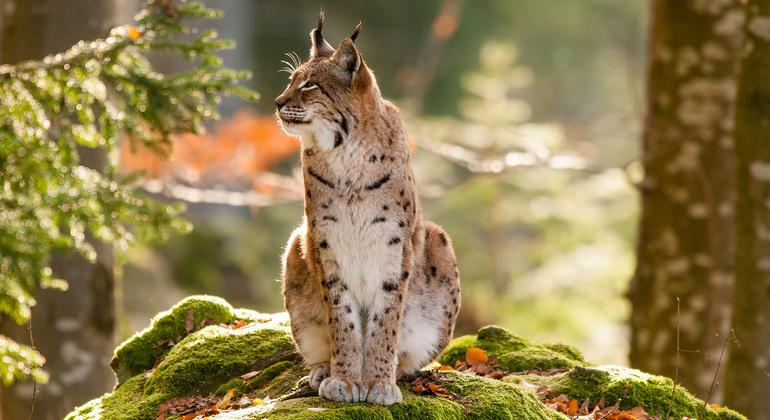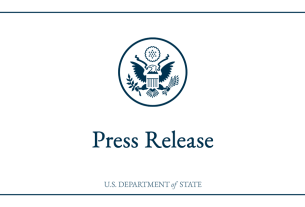The new designations are in Colombia, the Dominican Republic, Gambia, Italy, Mongolia, Philippines, the Republic of Korea and Spain.
Additionally, and for the first time, the list includes two transboundary reserves, spanning Belgium and the Netherlands, and Italy and Slovenia.
Audrey Azoulay, Director-General of UNESCO emphasized that these designations come at a time when humanity is “grappling with a biodiversity crisis and climate disruption”.
“At a time when the international community is being called upon to increase the number of protected areas, these new biosphere reserves play an essential role in sustainably preserving the biodiversity, improving the living conditions of local populations and indigenous peoples and fostering scientific research,” she added.
Biosphere reserves are nominated by national governments and remain under the sovereign jurisdiction of the States where they are located. They are designated by UNESCO following an intergovernmental designation process the under the Man and Biodiversity (MAB) Programme.
The Kempen-Broek transboundary biosphere reserve.
Important purposes
UNESCO highlighted that biosphere reserves play an important scientific role, serving as a site for research and monitoring, providing valuable data and insights that can inform environmental management and policy decisions.
Furthermore, they help in achieving global development targets such as those set by the Kunming-Montreal Global Biodiversity Framework, inter alia, on protecting and restoring significant portions of the Earth’s ecosystems by 2030.
They also promote unique local sustainable development ideas, safeguard biodiversity, and combat climate change.
Global biosphere reserves
The new reserves bring the World Network of Biosphere Reserves up to 759 sites in 136 countries and cover a total of 7,442,000 square kilometres (about 2,870,000 square miles), almost the size of Australia.
There are about 275 million people living in biosphere reserves worldwide.
The Network covers all major representative natural and semi-natural ecosystems.



